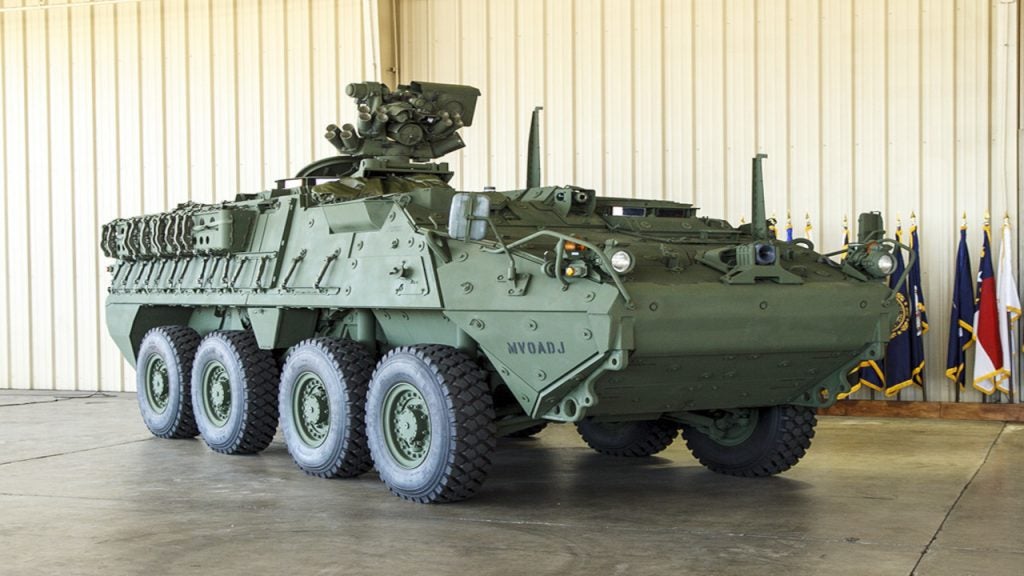Israel Aerospace Industries has been granted a patent for a cockpit design that includes a first seat for the primary pilot and a second seat for a secondary pilot. The second seat can be adjusted to allow for operational seating or disabled for a resting state, where the seat extends across the main door, partially restricting access. GlobalData’s report on Israel Aerospace Industries gives a 360-degree view of the company including its patenting strategy. Buy the report here.
According to GlobalData’s company profile on Israel Aerospace Industries, remote-controlled drones was a key innovation area identified from patents. Israel Aerospace Industries's grant share as of September 2023 was 36%. Grant share is based on the ratio of number of grants to total number of patents.
Patent granted for a cockpit with adjustable seating positions
A recently granted patent (Publication Number: US11718406B2) describes a unique cockpit design for an airplane that allows for flexible seating arrangements and improved pilot comfort during long flights. The cockpit includes a main door and two seats: a first seat for the primary pilot and a second seat for the secondary pilot.
The second seat has multiple configurations, including an operational state where it is positioned within the cockpit to allow the secondary pilot to perform secondary pilot functions. In this state, access to the main door is partially restricted. The second seat also has non-operational states, including a resting state where it can be extended to support the secondary pilot in a lying-down position. In this resting state, the second seat partially obstructs access to the main door.
The length of the second seat's footprint in at least one dimension is at least 180 cm, providing ample space for the secondary pilot to rest comfortably. The cockpit may also include an extendable and retractable partition to further surround the second seat in its resting state.
The cockpit design also features primary and secondary man-machine interfaces, allowing both pilots to perform their respective functions. The secondary man-machine interface is spaced from the primary interface and may be partially visible to the secondary pilot when seated.
The patent also describes a method of operating a commercial airplane using this cockpit design. The method allows for one pilot to be seated in the primary pilot seat while the other pilot is seated in the secondary pilot seat. During different phases of the flight, the pilots can switch seats to allow for rest and perform their respective duties.
The method may involve using autopilot control during seat exchanges and seating the pilots in offset forward and aft positions. The primary pilot has primary pilot functions, while the secondary pilot has fewer secondary pilot functions.
Overall, this patented cockpit design and operating method aim to enhance pilot comfort and flexibility during long flights, potentially improving the overall flight experience and safety.
To know more about GlobalData’s detailed insights on Israel Aerospace Industries, buy the report here.
Data Insights
From

The gold standard of business intelligence.
Blending expert knowledge with cutting-edge technology, GlobalData’s unrivalled proprietary data will enable you to decode what’s happening in your market. You can make better informed decisions and gain a future-proof advantage over your competitors.







